aminsaberi.me
Introducing cuBNM, a toolbox we developed to run brain simulations *much* more efficiently on GPUs 🎉🚀
Preprint: www.biorxiv.org/content/10.1...
Documentation: cubnm.readthedocs.io/en/stable/
GitHub: github.com/amnsbr/cubnm
1/n 🧵
Introducing cuBNM, a toolbox we developed to run brain simulations *much* more efficiently on GPUs 🎉🚀
Preprint: www.biorxiv.org/content/10.1...
Documentation: cubnm.readthedocs.io/en/stable/
GitHub: github.com/amnsbr/cubnm
1/n 🧵

📚 Read the paper: authors.elsevier.com/c/1lpaF3BtfH...
🧠 Explore the RBC dataset: reprobrainchart.github.io
Funded by National Institute of Mental Health (NIMH)

📚 Read the paper: authors.elsevier.com/c/1lpaF3BtfH...
🧠 Explore the RBC dataset: reprobrainchart.github.io
Spin tests are the de facto null model for map-to-map comparisons in brain imaging. Why don't they perfectly control false positives? @vincebaz.bsky.social explores ⤵️

Spin tests are the de facto null model for map-to-map comparisons in brain imaging. Why don't they perfectly control false positives? @vincebaz.bsky.social explores ⤵️
Here we tackle a long-standing chicken-or-egg 🐣🥚question in #autism and developmental neuroscience
➡️ Is excitation–inhibition (E:I) imbalance a "cause" or a "consequence" of #autism?
Check out what we found!
🧵1/n

Imaging and recording technologies make it possible to map multiple biological features of the brain. How can these features be conceptually integrated into a coherent understanding of brain structure and function? ⤵️
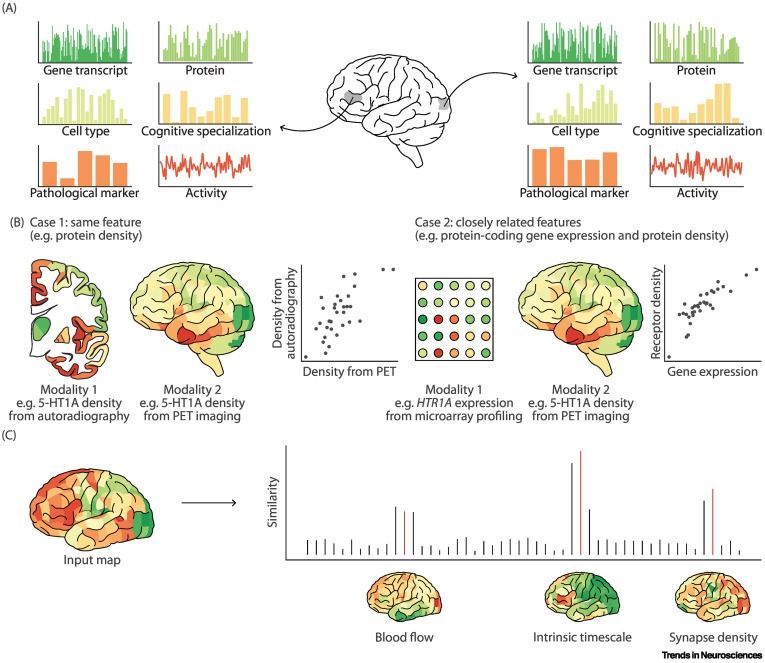
Imaging and recording technologies make it possible to map multiple biological features of the brain. How can these features be conceptually integrated into a coherent understanding of brain structure and function? ⤵️
Then we are at the educational sessions where @claraweber.bsky.social will present @amnsbr.bsky.social work on E/I balance.
Then we are at the educational sessions where @claraweber.bsky.social will present @amnsbr.bsky.social work on E/I balance.
We asked this in our new paper just out in #ScienceAdvances ✨
“Adolescent maturation of cortical excitation-inhibition ratio based on individualized biophysical network modeling”
📄 www.science.org/doi/full/10....
🧵⤵️
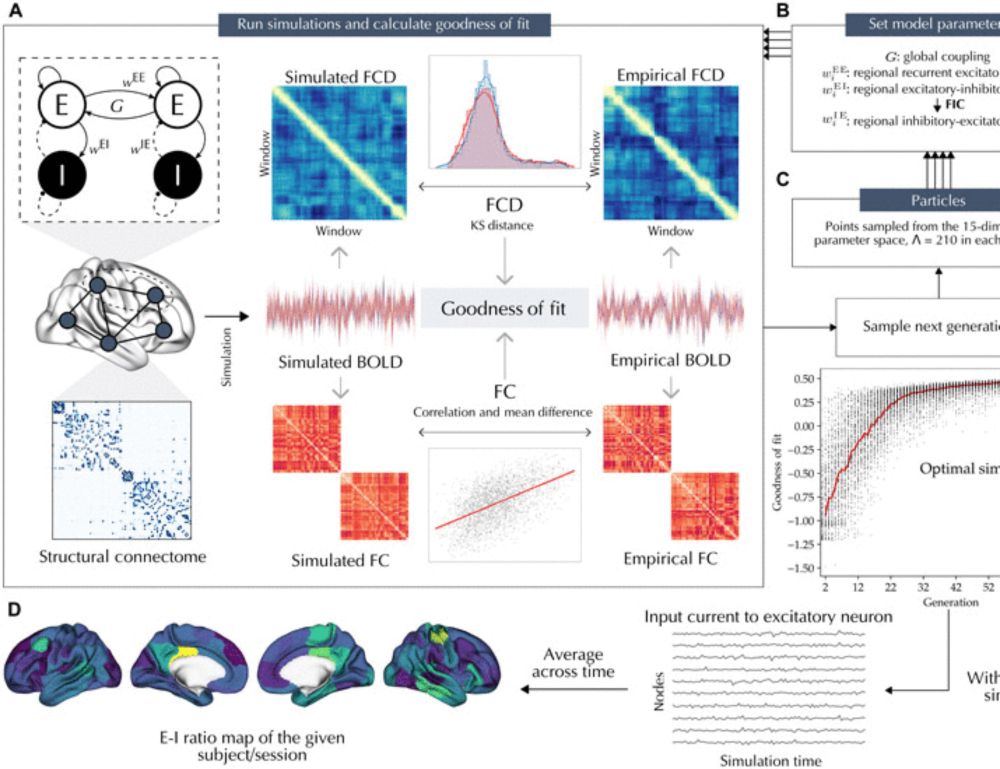
Read @ Science Advances: www.science.org/doi/10.1126/...
Bonus: Amin developed a tool to run biophysical network modelling on GPUs – because why shouldn't he?
cubnm.readthedocs.io
Read @ Science Advances: www.science.org/doi/10.1126/...
Bonus: Amin developed a tool to run biophysical network modelling on GPUs – because why shouldn't he?
cubnm.readthedocs.io
We asked this in our new paper just out in #ScienceAdvances ✨
“Adolescent maturation of cortical excitation-inhibition ratio based on individualized biophysical network modeling”
📄 www.science.org/doi/full/10....
🧵⤵️

Maturation of cortical excitation-inhibition (EI) in adolescence
now in Science Advances 💥
A true tour de force of multimodal MRI, connectomics & GPU-powered 🤖!! biophysical modelling
by hiball superheroes 🦸♂️🦸♀️🦸♂️
@amnsbr.bsky.social @sofievalk.bsky.social @sbe.bsky.social
We asked this in our new paper just out in #ScienceAdvances ✨
“Adolescent maturation of cortical excitation-inhibition ratio based on individualized biophysical network modeling”
📄 www.science.org/doi/full/10....
🧵⤵️

Maturation of cortical excitation-inhibition (EI) in adolescence
now in Science Advances 💥
A true tour de force of multimodal MRI, connectomics & GPU-powered 🤖!! biophysical modelling
by hiball superheroes 🦸♂️🦸♀️🦸♂️
@amnsbr.bsky.social @sofievalk.bsky.social @sbe.bsky.social
We asked this in our new paper just out in #ScienceAdvances ✨
“Adolescent maturation of cortical excitation-inhibition ratio based on individualized biophysical network modeling”
📄 www.science.org/doi/full/10....
🧵⤵️

We asked this in our new paper just out in #ScienceAdvances ✨
“Adolescent maturation of cortical excitation-inhibition ratio based on individualized biophysical network modeling”
📄 www.science.org/doi/full/10....
🧵⤵️
Could be ideal for a gap year between MSc and PhD or PhD and postdoc!
Please out more here: recruitingapp-5218.de.umantis.com/Vacancies/43...?
Could be ideal for a gap year between MSc and PhD or PhD and postdoc!
Please out more here: recruitingapp-5218.de.umantis.com/Vacancies/43...?
In-vivo evidence for increased tau deposition in temporal lobe epilepsy
➡️ Using [¹⁸F]MK-6240 PET, we show increased tau in young and middle aged TLE
➡️ Tau aggregation potential mechanism of disease progression & cognitive decline
➡️ pdf bit.ly/4mmlTYH
by Raul Cruces & a super team
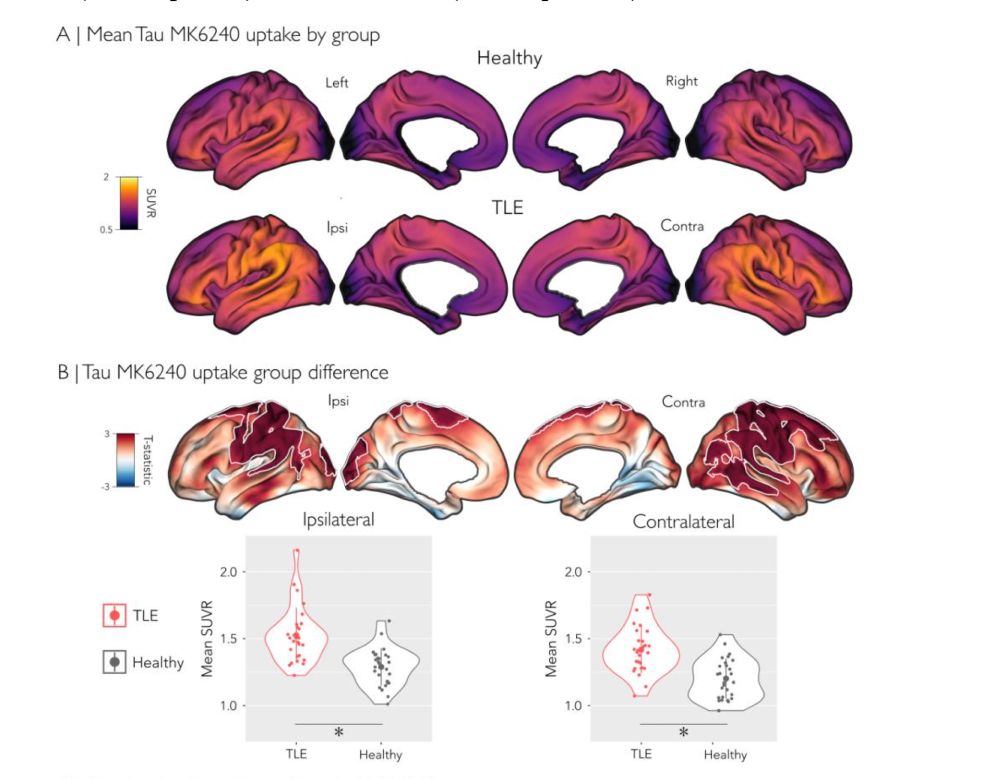
In-vivo evidence for increased tau deposition in temporal lobe epilepsy
➡️ Using [¹⁸F]MK-6240 PET, we show increased tau in young and middle aged TLE
➡️ Tau aggregation potential mechanism of disease progression & cognitive decline
➡️ pdf bit.ly/4mmlTYH
by Raul Cruces & a super team
✅ Amazing speaker line up
✅ Poster presentation
✅ Flash talks for selected abstracts
Deets on program, abstract submission, and registration 👉 gradients-workshop.github.io
✅ Amazing speaker line up
✅ Poster presentation
✅ Flash talks for selected abstracts
Deets on program, abstract submission, and registration 👉 gradients-workshop.github.io
Short-term sleep deprivation shows a distinct picture, affecting the thalamus
jamanetwork.com/journals/jam...


Short-term sleep deprivation shows a distinct picture, affecting the thalamus
jamanetwork.com/journals/jam...
"Multimodal gradients unify local and global cortical organization"
7T MRI + cytoarchitectonics reveal a sensory-paralimbic axis of areal specialization & integration
led by superstar Yezhou Wang & a terrific team of friends & colleagues
▶️ doi.org/10.1038/s414...
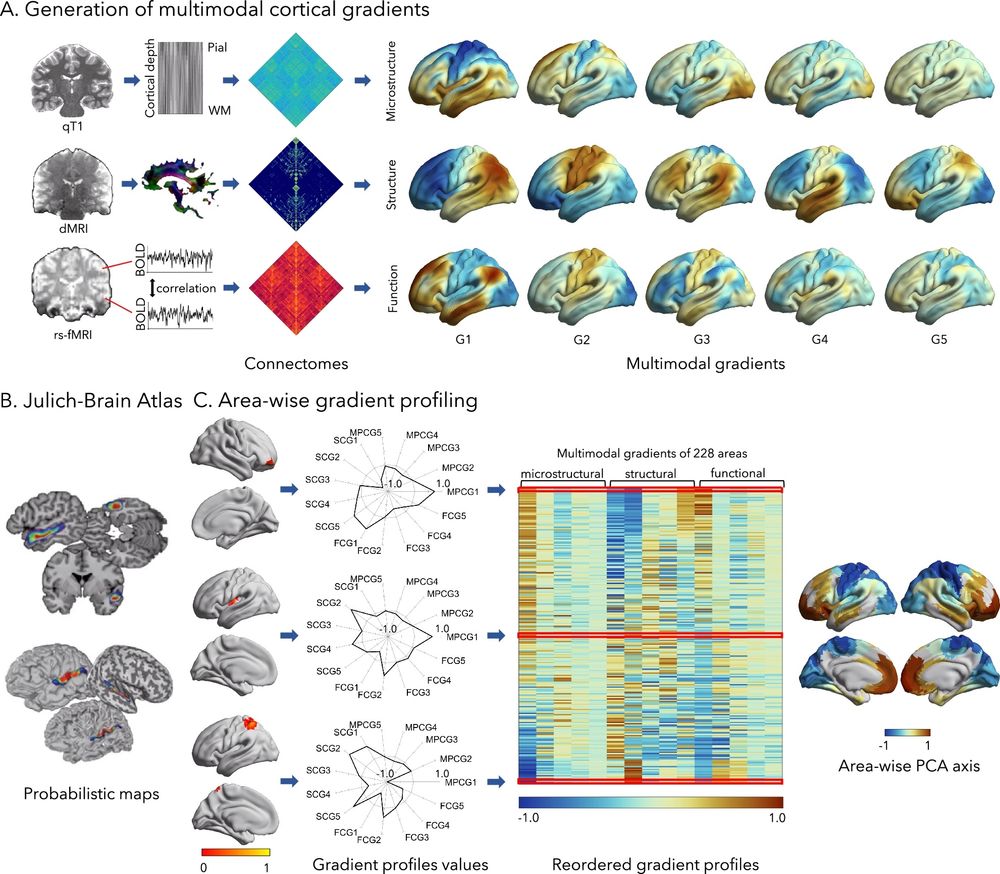
"Multimodal gradients unify local and global cortical organization"
7T MRI + cytoarchitectonics reveal a sensory-paralimbic axis of areal specialization & integration
led by superstar Yezhou Wang & a terrific team of friends & colleagues
▶️ doi.org/10.1038/s414...
✨ We used a large sample (298 healthy adults, 282 TLE, 45 disease controls) + normative modeling to capture individualized functional disruptions. 🔎 #epilepsy #neuroimaging #precisionmedicine
doi.org/10.1101/2025...

✨ We used a large sample (298 healthy adults, 282 TLE, 45 disease controls) + normative modeling to capture individualized functional disruptions. 🔎 #epilepsy #neuroimaging #precisionmedicine
doi.org/10.1101/2025...
Our new paper explores this: elifesciences.org/reviewed-pre...
Our new paper explores this: elifesciences.org/reviewed-pre...
Biophysical modeling is a key tool to derive mechanistic insights into the brain. These models are governed by biologically meaningful parameters (unlike artificial neural networks), but the dirty secret ... 1/N
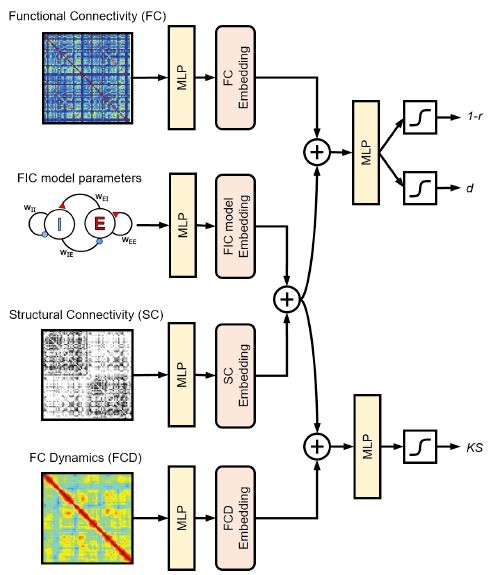
Biophysical modeling is a key tool to derive mechanistic insights into the brain. These models are governed by biologically meaningful parameters (unlike artificial neural networks), but the dirty secret ... 1/N
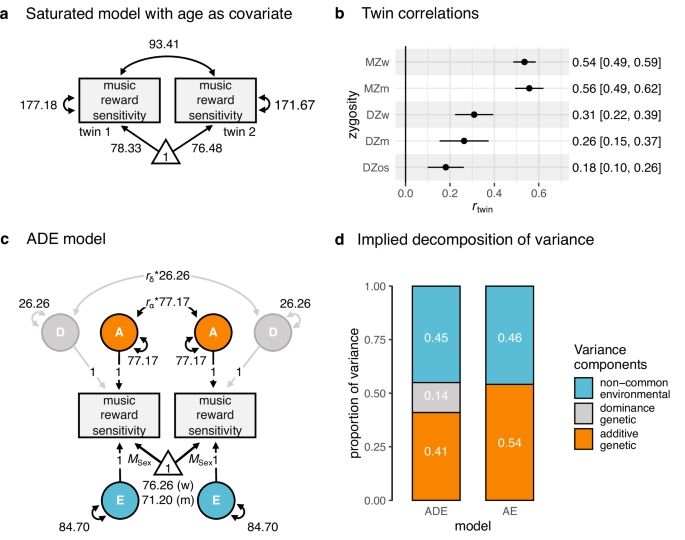
www.nature.com/articles/s41...
osf.io/mhq3f/
@borismontreal.bsky.social @jroyer.bsky.social @themindwanders.bsky.social @jordandekraker.bsky.social
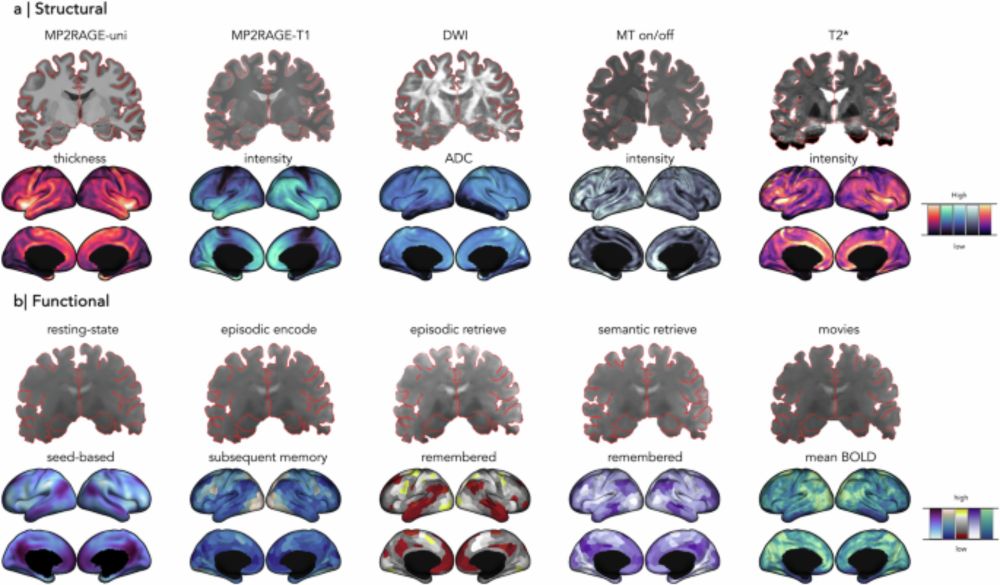
www.nature.com/articles/s41...
osf.io/mhq3f/
@borismontreal.bsky.social @jroyer.bsky.social @themindwanders.bsky.social @jordandekraker.bsky.social
direct.mit.edu/imag/article... super proud of Deniz Yilmaz and Bianca Serio and thankful for the open data of @emilyjacobs.bsky.social and Laura Pritschet 🌈👫 studying hormonal fluctuations in functional gradients ❤️🔥
direct.mit.edu/imag/article... super proud of Deniz Yilmaz and Bianca Serio and thankful for the open data of @emilyjacobs.bsky.social and Laura Pritschet 🌈👫 studying hormonal fluctuations in functional gradients ❤️🔥

